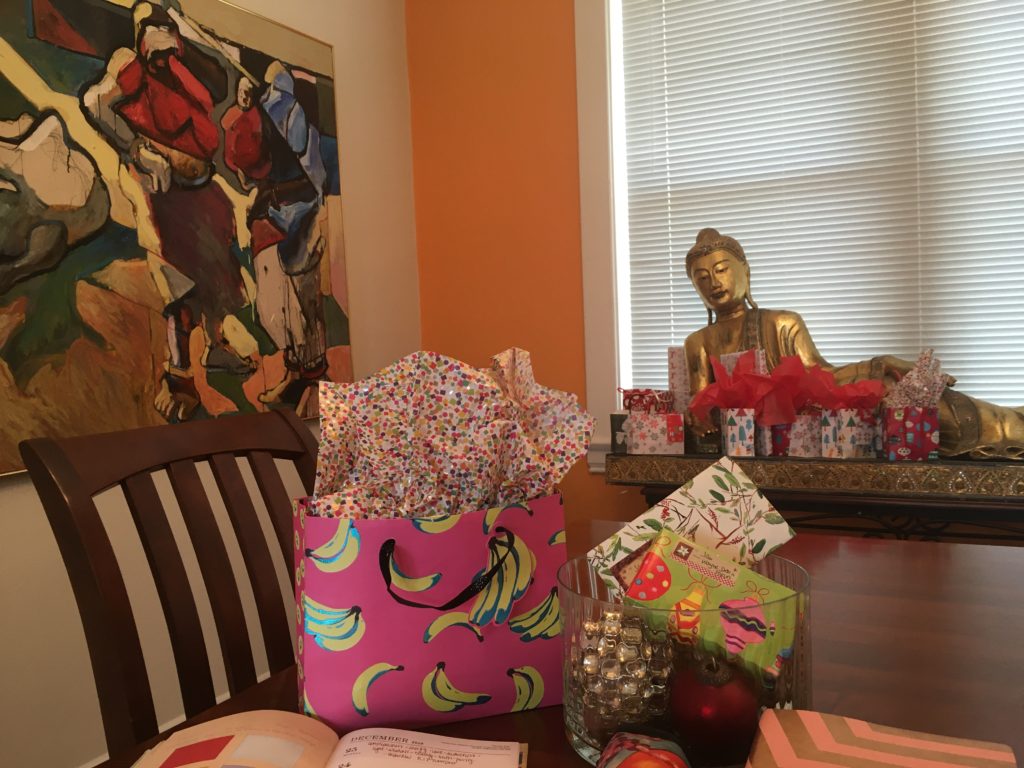Home is Not Somewhere Else
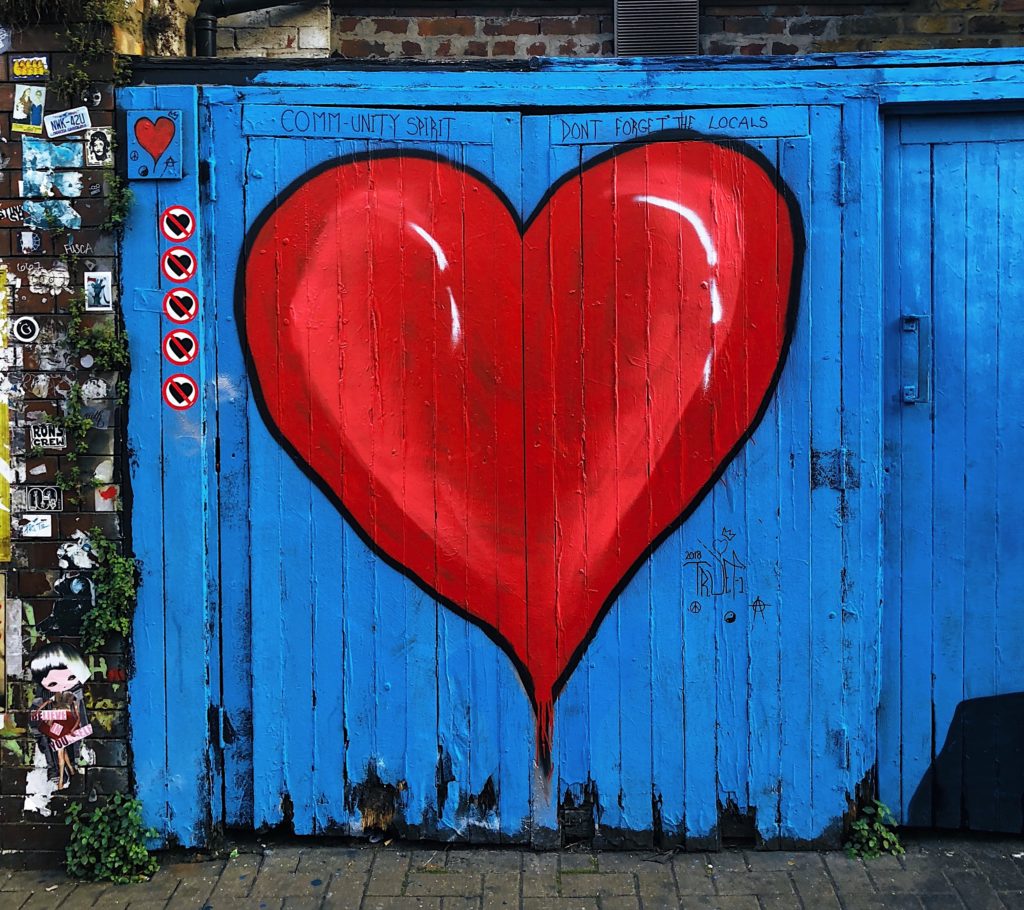
In the most recent newsletter from Spirit Rock, Jack Kornfield writes:
“After I got the call that Ram Dass had died, I closed my eyes. He is still here.
“I could feel the vast field of love that was shining from Ram Dass when Trudy and I taught with him just a couple of weeks ago. And I always will. On the final day of this last retreat, called Open Your Heart in Paradise, Ram Dass was frail and didn’t have access to many words. But he was there in the most powerful way. He swam delightedly with the group in the ocean, chanting ‘Oh Joy, Oh Joy.’
“And on the retreat’s last morning, he put his hands on a basket of 350 wrist malas, each tied with a thread of his gurus blanket, to tenderly bless them. Then, as participants came by slowly to receive their malas, he silently looked into each face, offering to all what is sometimes called “the glance of mercy”, a gaze so full of love that it left many of us speechless and weeping, drunk with blessing…
“For me he is family and Sangha, even now still spreading his playful tough delicious love everywhere, connecting with our hearts, “yum, yum” as he would say. He was so ready to leave the wheelchair and his skinny and broken body, to go home.
“Home is not somewhere else. It is here, in life and death, in the eternal dance of consciousness, weaving together form and the formless mystery from which it all comes.”
***
You Are a River of Transforming Whims
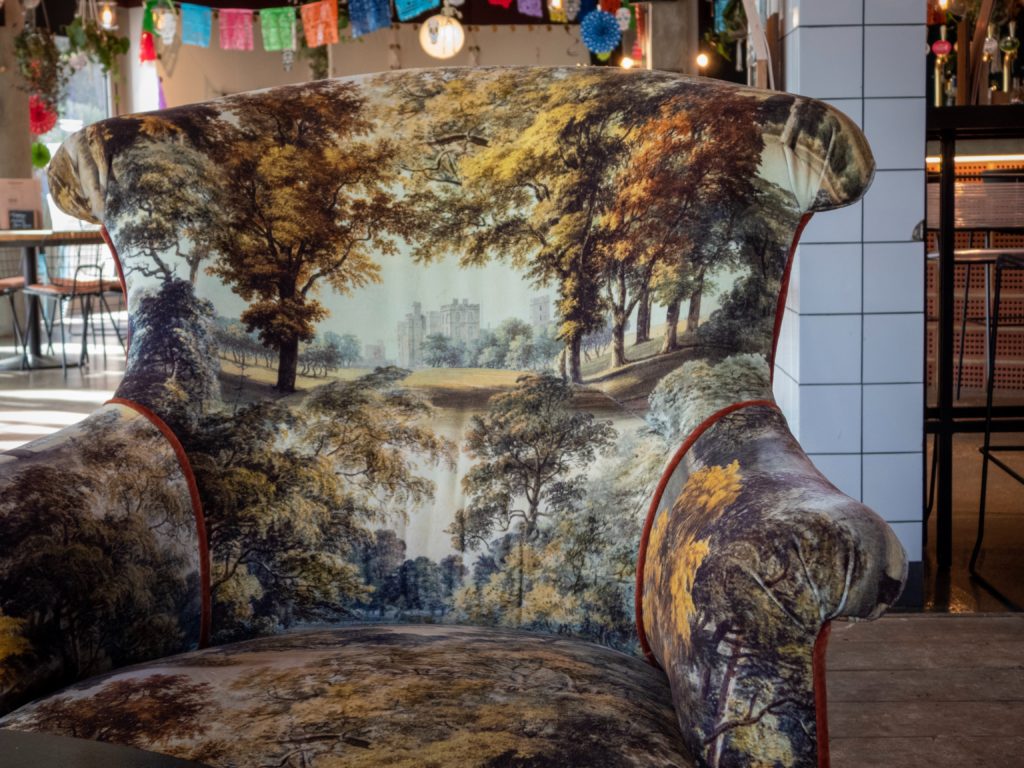
Excerpt from Sparrow’s Guide to Meditation, by Sparrow, featured in the January 2020 issue of The Sun magazine:
“…Sit comfortably, either in a chair or cross-legged on the floor. (You may wish to use a firm cushion.) Try to keep your spine straight as possible, without being rigid. Close your eyes. Pay attention to your breathing, noticing the breath entering and leaving your nostrils (or your mouth, if that’s how your breathe.) You’re not trying to breathe slowly — or quickly, for that matter — just noticing the flow of air in and out. After three or four minutes, stop. Unless you’re desperate to keep meditating; then go on for as long as you like…
“Meditation teaches that change is constant. You fool yourself into believing that you are a fixed entity, but you are not. You are a river of transforming whims. This sounds like some Buddhist abstraction, but if you actually try to meditate, even for three minutes, you’ll discover that it’s true…
“Around fifteen years ago trees began speaking to me. I don’t usually hear words — I just have a sense of consolation and guidance — but sometimes there is a distinct message. A tree in Brooklyn said to me today: Most of the time we seek what we don’t have, but sometimes we seek what we already have. This tree is describing meditation…
“Meditation is an optimistic practice. The theory is that, by closing your eyes (or leaving them half open) and doing nothing, you can change your consciousness. Most people are too pragmatic to accept this harebrained notion, but scientific studies suggest that it’s true…
“Meditation is like practicing the guitar, but without the guitar….
“At some point your practice will be threatened — by a sudden emergency, a family crisis, a crucial deadline. Feel free to stop meditating or, conversely, to charge into the face of the enemy and meditate twice as long…
“If you offer your meditation to God, it becomes a prayer. If you offer your meditation to the universe, it becomes an affirmation. If you offer your meditation to humanity, it becomes activism.
“Don’t be afraid of the word God, but don’t get too excited about it either.”
***
Photo by Nick Fewings on Unsplash
“And.”

My sister gave me this great book for Christmas: 200 Women, by Geoff Blackwell and Ruth Hobday.
It’s basically interviews with 200 women, from all over the world — some famous, some not — all beautifully photographed (by Kieran E. Scott) and all answering these five “simple” questions:
- What really matters to you?
- What brings you happiness?
- What do you regard as the lowest depth of misery?
- What would you change if you could?
- What single word do you most identify with?
I love the concept and have been thinking about how I would have answered the questions. Especially the last one:
What single word do I most identify with?
“Creative,” came to my mind right away. Also “Expressive.” And “Buoyant.” Quite a lot of the women in the book chose “Courage” or “Love” or “Gratitude.” (A couple chose: “Fuck.”)
But the answer I like best is: “And.”
That’s the single word Margaret Atwood most identifies with. “And.” She explains, “It means there is always something more.”
***
I’m going with that!
The Life of This World

from The Southern Cross
by Charles Wright
The life of this world is wind.
Windblown we come, and windblown we go away.
All that we look on is windfall.
All we remember is wind.
***
Photo by Mike Lewinski on Unsplash
It’s an Illusion.

This week I haven’t been be able to post as often as I would have liked. I’m sorry about that. The trend may continue, however, since my mother’s dementia is worsening and it takes more time now to be able to help my father cope with the situation.
It’s hard. For him. For her. For me. For everyone.
As novelist Juan Gabriel Vasquez writes,
“Adulthood brings with it the pernicious illusion of control and perhaps even depends on it. I mean that mirage of dominion over life that allows us to feel like adults, for we associate maturity with autonomy — the sovereign right to determine what’s going to happen next.”
Pernicious. Yes.
***
Photo by DESIGNECOLOGIST on Unsplash
Having Given Words to Everything…
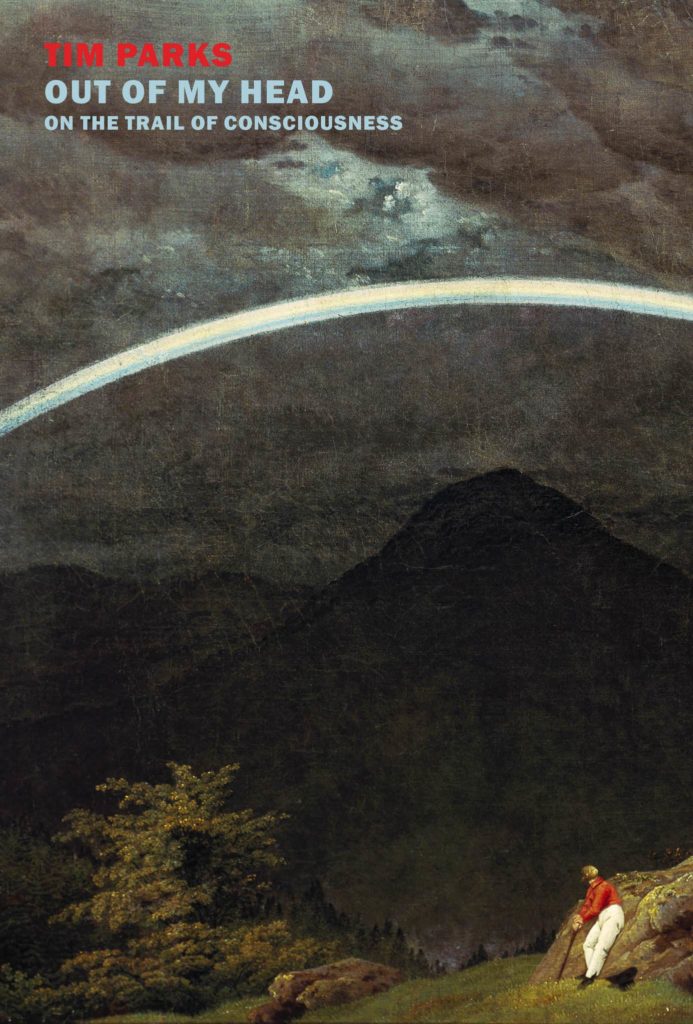
I’ve just finished reading Tim Parks’ fascinating new book, Out of My Head: On the Trail of Consciousness, which I actually loved, although I think he goes way off the deep end pushing a theory of consciousness “in which experience is made possible by the meeting of a perceptive system and the world, but is actually located at the object perceived, identical with it even; in short, experience is the same thing as the object.”
But I love what he has to say about the problem of language:
“In particular, having given words to everything we could see and touch — birds and beasts, rocks and trees, nuts and bolts — and then to everything we experience as emotion — fear, hope, happiness, grief — we had also got into the habit of inventing words for things we’d never seen or even felt, but liked to believe existed anyway: angels, demons, fairies, God.
“‘Self’ was one of these invented words, I suggested, an entity no one had ever really witnessed or grasped; so were ‘identity,’ ‘personality,’ ‘character,’ ‘soul’ — the more words you have, the more believable the chimera becomes — thus creating the illusion that we, the modern individual, existed in some way apart from the physical world, not subject to the constant change to which the phenomena around us are subject, but rather projecting ourselves through time on a stream of words.
“Identity, in short, was a story we told ourselves; language and words were in strict alliance with an internist, Cartesian view of reality: experience was all in our heads where we talked to ourselves, indeed talked ourselves into existence.”
We Become Attuned

Matthew Brensilver also writes:
“The more attuned we are to our hearts, the clearer our ethical behavior becomes.
“So, the more we actually become embodied, start to feel our body fully, to feel our heart, the clearer ethical conduct becomes. It’s like we become attuned to our own system in such a way that we begin to feel that doing good feels good.
“And the kind of karmic loop, when we act out of alignment with our own deepest integrity, that feedback loop gets shorter and shorter, so we really feel it. And this clarity breeds more careful, non-harming behavior.”
***
Text quoted: The Buddha’s Path: Sila, Samadhi, Panna, by Matthew Brensilver, PhD, Spirit Rock Teachers Council Member; published in the Jan-May 2020 issue of Spirit Rock News
Photo credit: Liberty Park Music
The Year of Opening to Mystery

Long-time DharmaTown readers may remember that a couple of years ago, after hearing Phillip Moffitt’s New Year talk about “Making This the Year of….”, I decided to try out the practice he was suggesting by making 2018: The Year of Listening. Which turned out to be such a revelation that I decided to try it again by making 2019: The Year of Getting to Know Goodwill. During which I discovered a virtual sea of goodwill that I have been swimming in, all my life, without recognizing it. (That we’ve ALL been swimming in, actually. It’s everywhere. Nothing happens without it. That sounds dubious, I know, because goodwill’s not the only thing we’re swimming in. But give it a year and see for yourself!)
So now this year: After all that listening and getting-to-know-ing, I seem to be moving into a whole new awareness of and openness to — the mysteries of this life. The mystery of being alive, for example. Of being conscious. And embodied. Of having a mind that is sometimes so dismissive of others, so opinionated, and so stuck on itself, but also, somehow, underneath that, also full of love, and beauty, and selflessness.
It’s such a mystery.
I love what Matthew Brensilver writes in the latest Spirit Rock News,
“To be mindful of goodness brings love, and to be mindful of pain brings love. That is something like a miracle, this weird asymmetry, that to attend to goodness brings love, and to attend to suffering also brings love. That’s not something we should take on faith. But this [the Buddha’s path] is the laboratory…
“The steadier and more unified the mind gets, the deeper the love can be. Sometimes the mind gathers so singularly around an object — the breath, a metta phrase, the body, sound, sight, looking into the eyes of another person — the mind just becomes unified. And all the static, fragmentation, and division collapses. And in that mind state, it’s like a drop of love reaches everywhere.
“The mind is said to be boundless. That’s not making a statement about the nature of mind, but the actual experience is that in this moment there is love without end, without discrimination, without preference…”
This is just one of the mysteries to which I find myself opening.
***
Text quoted: The Buddha’s Path: Sila, Samadhi, Panna, by Matthew Brensilver, PhD, Spirit Rock Teachers Council Member; published in the Jan-May 2020 issue of Spirit Rock News
Photo by Miguel Bruna on Unsplash
Freely Offered
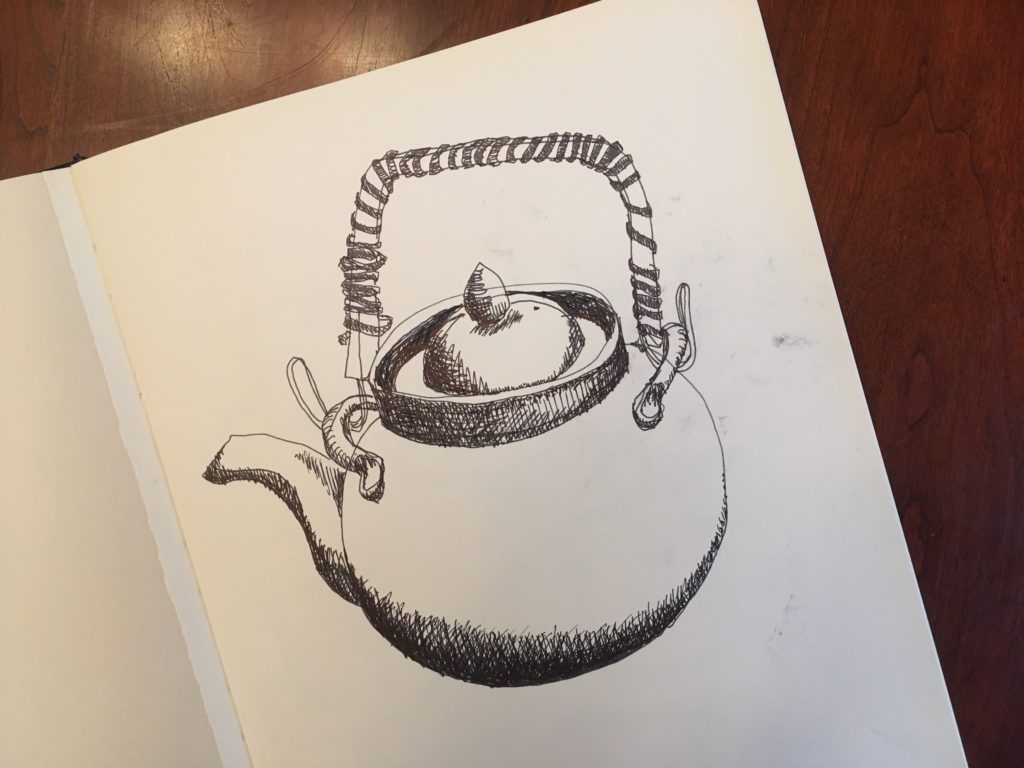
While I was in California, I was talking with Phillip about my practice of posting on this Dharmatown website, and he asked me if I use a royalty-free site for the images. I told him no, that I just google around until I find something that fits. He didn’t say anything and so I went on talking about other things.
But the question has stayed with me. Truth is, I haven’t been particularly careful about checking whether or not the images I use are — in the strictest sense — freely offered. (As in: I undertake the precept of not taking that which is not freely offered.) I’ve always figured that if it’s already on the web, and it doesn’t have an obvious copyright mark, then it’s OK for me to use — since I’m not claiming ownership or making a profit from it or anything like that.
But now that doesn’t feel quite right.
So I’ve decided to take more responsibility for the images/texts I use. You may have noticed that since I’ve come back from that trip, I’ve either used images/texts that belong to me personally or I’ve credited the source of those images/texts and provided a link.
And as a way to make amends for my previous lack of attention, I’ve decided to try to use more images that I, personally, create — the drawing of this teapot, for example — and, explicitly, to offer them freely.
***
Idam me silam maggaphalananassa paccayo hotu.
(May my ethical conduct lead to the highest fruits of liberation for myself and for all beings.)

